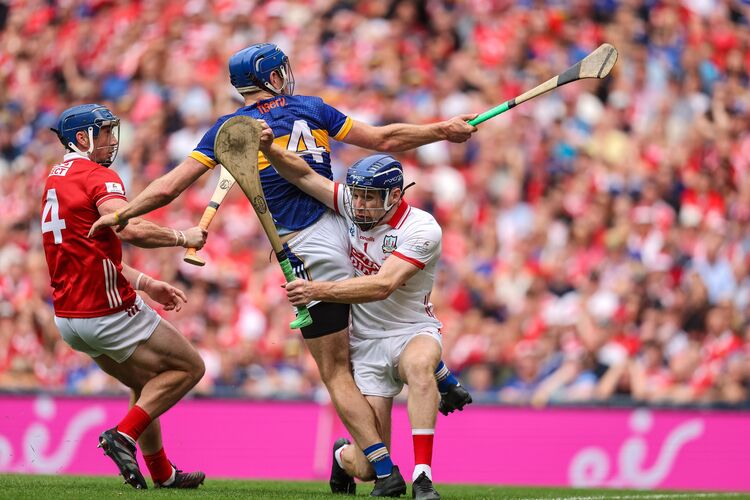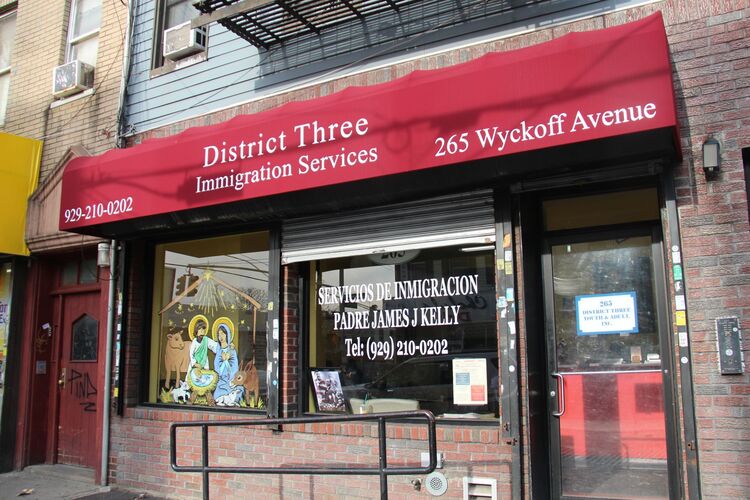A general view of the GAA Congress held in Pairc Ui Chaoimh, Cork. INPHO/LASZLO GECZO
By P.J. Cunningham
Is the new two-tier championship ushered in by the GAA at its special congress in Cork last week mutton dressed up as lamb or a genuine new meal on the football menu?
Thatis the question commentators and supporters alike were asked over the past few days as memories of All Ireland ‘B’ and Tommy Murphy failures flashed into the memory.
While most followers would like to see this bold move as a step forward, the soundings coming from the GAA top brass did little to boost optimism.
Chairman John Horan, whose brainchild this break up of counties into two championship sections is, was the one person who could have boosted aspirations by declaring that the Association had a massive marketing campaign, preferably costing millions, ready to go to ensure the new competition grew exponentially over the coming seasons.
Instead all he could muster was a promise that the games in the latter stages would be held in Croke Park in July and that he had seen a missive from an RTE senior sports executive which suggested the national broadcaster would cover such games.
Wow, talk about feeling underwhelmed by the whole vision of what lies ahead.
References as to how hurling had benefitted from the break up of putting stronger counties to one side while pushing the minnows to a variety of Joe MacDonagh, Christy Ring etc. cups went down like a lead balloon. These competitions get a paragraph in the daily and Sunday papers and scant, if any, mention of television.
There is nothing, repeat nothing, worse for either GAA teams or indeed a television station than to transmit live coverage of a game from a major stadium with a handful of spectators in it. And that is the vista that followers felt they were being offered by this proposal.
The marketing genius would have been to link the games in the Sam Maguire (Dublin, Kerry, May, Tyrone etc) with those in the, let’s call it the Páidí Ó Sé Cup.
The way it is set up smacks of box ticking… let’s give the weaker counties a more meaningful championship of their own (which it is), get it out of the way in July and then move on to the real thing. That dichotomy in thinking is what will guarantee its failure to become a proper competition in its own right. What we are talking about here is winning the hearts and minds of players and supporters in the 16 weaker counties. What they need to do is show them that it is worth training in the depths of winter because there is tangible reward during the summer.
How many London, Wicklow, Fermanagh or Waterford footballers have their meals delivered to their doors like Dublin? How many have free cars as part of their benefits of being a county panellist? How many ever get to play a match live on the television like the stronger counties? Answers to the above is none or if there is one, it is very much the exception.
So – and this is not rocket science, how does the GAA give better value to players and followers of weaker counties? The GAA could start by deciding to link them with big occasions and that includes televised games.
I am totally against the Tier 2 finishing before the Sam Maguire in July just to get it out of the way. Why aren’t the Super 8 games linked with the bigger matches in the Tier Two – Croke Park housing Donegal and Mayo as well as London and Leitrim; Dublin and Kerry served up after a curtain raiser between Waterford and Wicklow footballers?
What does that do? It shows (and I’ve been involved in Division 4) how many fine footballers are playing in the basement area of GAA activity and it gives their county sponsors more of a reason to put more money into a London or a Wicklow or a Waterford panel.
RTE’s expenses could also be cut in two if they rock up to one venue knowing that they are covering Tier 1 and Tier 2 games without having to increase spending – and that is a very important issue in the national broadcaster right now.
My scepticism on what has been a less than full-blooded launch of this new way forward is not to be negative – but is an attempt to point out problems that will lead to the Tier 2 failing before it gets a chance to find a footing in the GAA calendar.
This special congress in Cork agreed with a Tipperary motion which proposed that as of the end of the 2020 Allianz League, the Division 3 and 4 teams will make up the Tier Two system unless any county managed to reach their respective provincial finals.
The vote for change was substantial, with 75.5 per cent of delegates voting in favor of the proposals.
On that front it was a successful day for the President but will the system devised stand the test of time? Half the counties likely to be involved in the lower system voted against the new format – which means they will approach this competition with little or no enthusiasm.
The so-called Advanced Mark also got massive backing for its introduction. This change will reward any player who make a ‘mark’ in the opposition’s 45 metre line by giving him a free kick if he chooses to accept it.
This could lead to old-fashioned edge-of-the-square duels between giants of men, but it is more likely to be exploited by managers using short jabbed kicks of more than 17 metres to a colleague.
The proposal was trailled earlier this year in the league but because it was made clear it would not apply in championship, several counties, including Dublin, chose to largely ignore its possibilities.
The GAA also redesigned punishment for fouling by re-introducing the Sin Bin, with another strong majority of delegates supporting the move.
It means that instead of being banished from play to be replaced by another squad member, a player will spend 10 minutes in the bin a la rugby, with his team having to carry on during that time with only 14 men.
However, a further black card, or a black following a yellow, will result in a red card and see the offender being sent off for the rest of the game.
Keeping track of these extra responsibilities will be the duty of the sideline official – raising doubts over how well it will be tracked away from the big venues and big occasions like underage and colleges’ games.
Congress also decided to take measure to ameliorate the kick-out situation by agreeing that all restarts following a score or a wide should be taken from the 20 metre line rather than the current 13m line after. Part of the new rule directs that the ball has to travel forward while all players other than the kicked must be 13 metres or further away and outside the D as the kick is being enacted.







